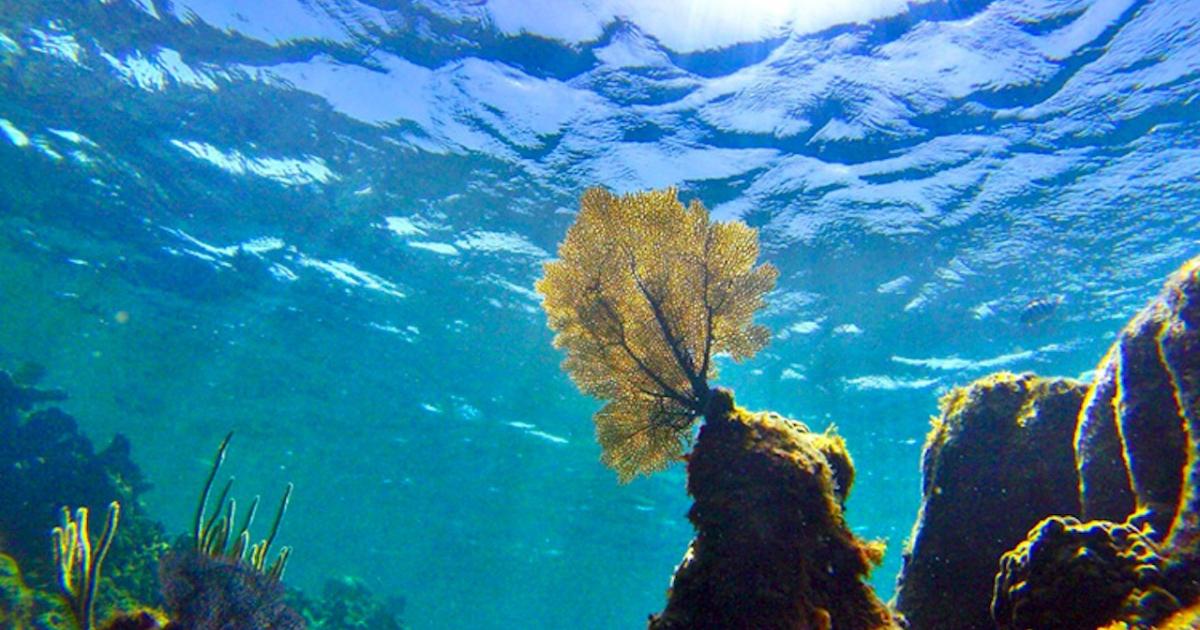For example, in 2014-2015, a marine heat wave occurred along the west coast of Canada and the United States, Nicknamed the Blob, led to a decline in the numbers of a large number of species. With domino effect: research Results published in 2019 demonstrated that massive starfish losses led to an explosion of sea urchins (the prey of sea stars), which in turn damaged the ecosystem. Kelp forests – Large brown algae.
This is in addition to the fact that rising temperatures eventually encourage species to migrate to colder waters, or stay for long periods in certain areas: in this context last year we observed an abnormally high number of sea turtle strandings near Cape Cod. Or that the shrimp fishermen of Acadia were seen fleeing their livelihood to the north.
Subscribe to our newsletter!
So you don’t miss any scientific news and know all about our efforts to fight fake news and misinformation!
Except that beyond these generalities, these marine heat waves remain partly in the blind spot of research at the intersection of climate and biology. However, in recent years, we are no longer just experiencing record temperatures: marine heat waves are more intense, last longer, and occur more frequently than before.
For the most fragile species, those that can only tolerate a narrow range of temperatures – such as coral reefs – these changes happen so quickly – a few dozen years – that these species do not have time to adapt. For others, those who can afford to move, there is no guarantee that they will find the right pantry in their new home.
This is without taking into account the impacts on humans, on whom local communities have depended for fishing for generations. Added to this are the losses of the tourism sector. research The report published in 2021 estimated the economic impacts of marine heatwaves in the billions of dollars.
The fact that they have been so little studied has the consequence, as nine marine ecology experts decry, that it is difficult to predict the effects of warming on these ecosystems and, as a result, difficult to help local communities prepare. In the text of the opinion Published on September 6 In the magazine natureThey name four priorities:
- Identify areas most at risk; Given that El Niño exacerbates global warming, the regions we already know are most affected (the northeastern Pacific, the central East, between Ecuador and Peru, eastern Australia, etc.) should be subject to more monitoring;
- improving forecasting and warning systems; Outside of El Niño, there is a lack of data to alert the region to the fact that the coming season will be more or less severe than previous seasons; In fact, so far, forecasts for central ocean regions are often better than coastal regions;
- Planning at the local level: If planning fails, it will be necessary to repair the damage done to local industries by a particularly disastrous heatwave;
- Monitor these effects, so you’ll be better equipped next time.
“The climate crisis could eventually cause the oceans to reach a state of permanent heatwave, by historical standards, and some regions may no longer be able to support some species and ecosystems,” they wrote. “Emerging ecosystems may not function and respond to warming waters in a predictable manner.” Better anticipating impacts and better adaptation “could save time for species, ecosystems and the industries that depend on them.”

“Music guru. Incurable web practitioner. Thinker. Lifelong zombie junkie. Tv buff. Typical organizer. Evil beer scholar.”







More Stories
Quebec | Museum of National History on the ashes of blue spaces
Espace du Parvis becomes Parc des Pékans
Why do leafhoppers reflect little light?